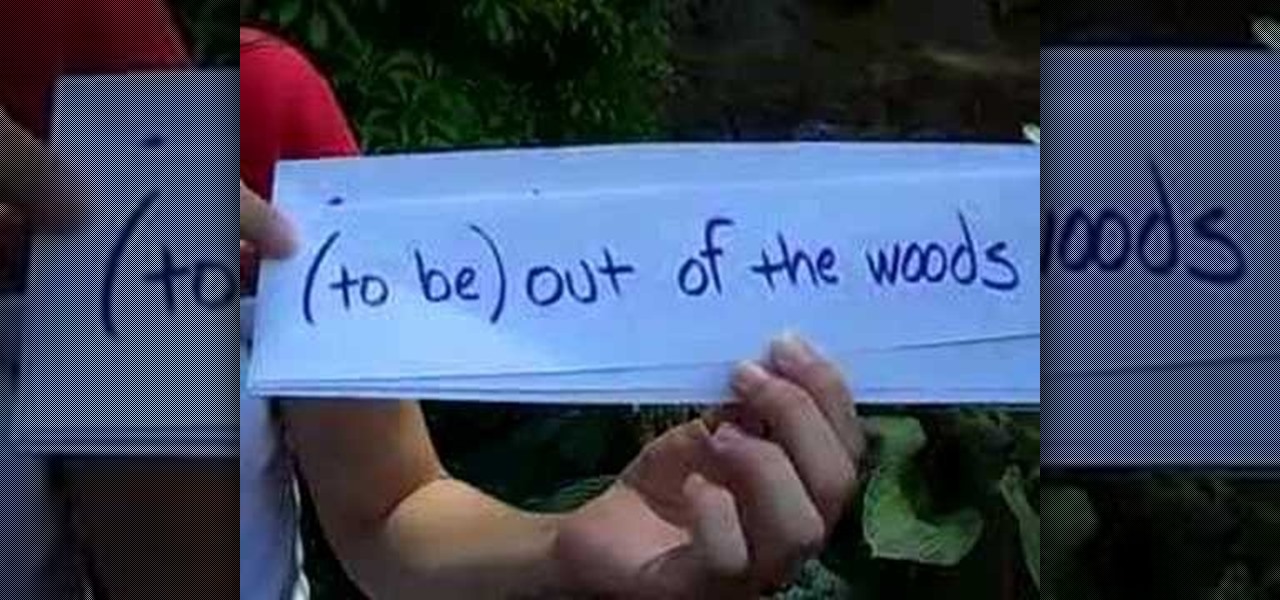
How To: Use outdoor related idioms in the English language
This episode goes over idioms related to the outdoors. This video is great for advanced students learning to speak the English as a second language (ESL).


This episode goes over idioms related to the outdoors. This video is great for advanced students learning to speak the English as a second language (ESL).
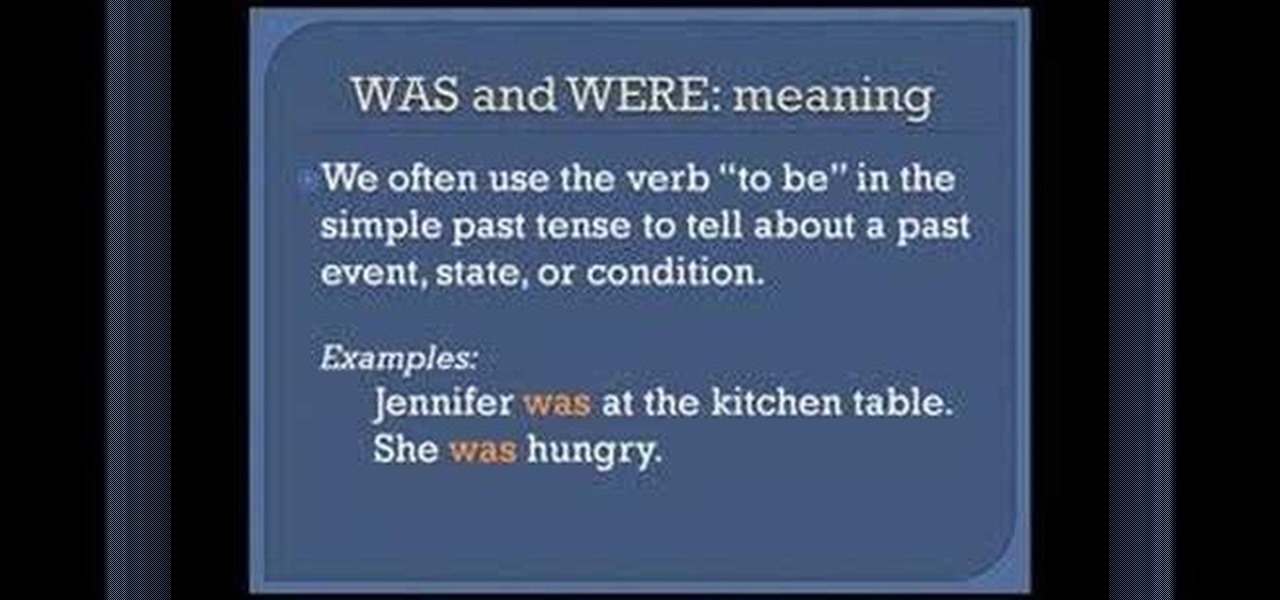
This three part language tutorial is a grammar lesson for lower level ESL students. Learn how to use the simple past tense with this tutorial. The past simple tense, also called the simple past is used for past actions that happened either at a specific time, which can either be given by a time phrase (yesterday, last year, etc.) or understood from the context. Regular Verbs add -ed to the base form, or -d if the verbs ends with -e. Irregular verbs can change in many different ways. Watch thi...
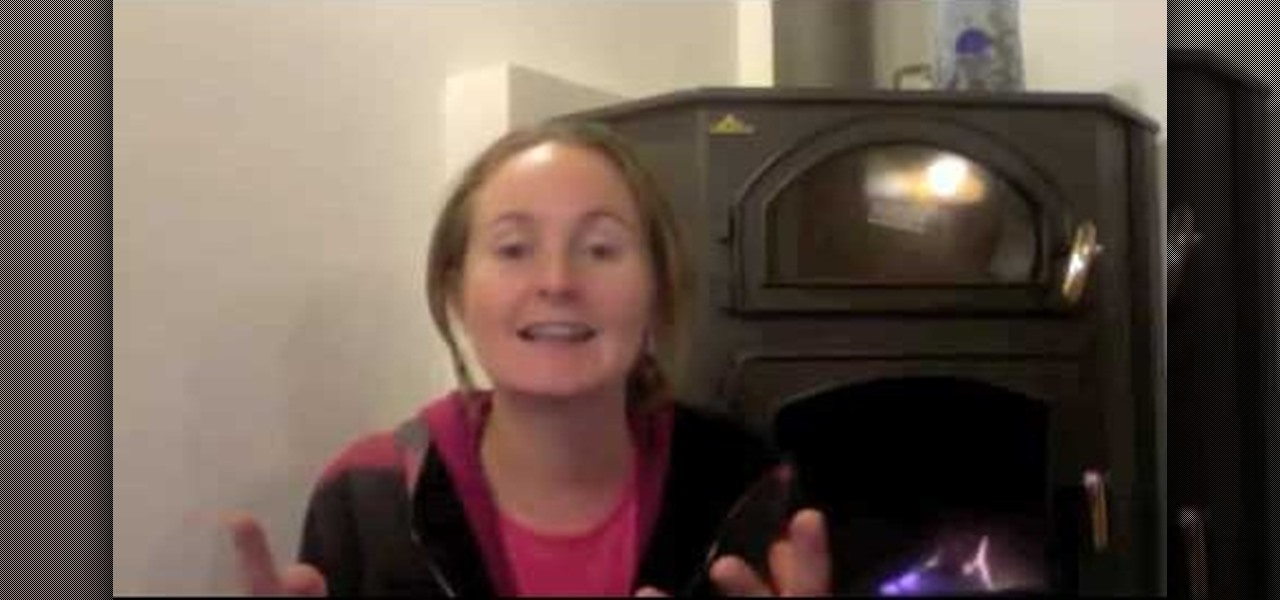
In this video from EnglishTeacherLive we learn some study tips on how to improve your English. 1.Don't be shy. Take every opportunity you can to learn English.
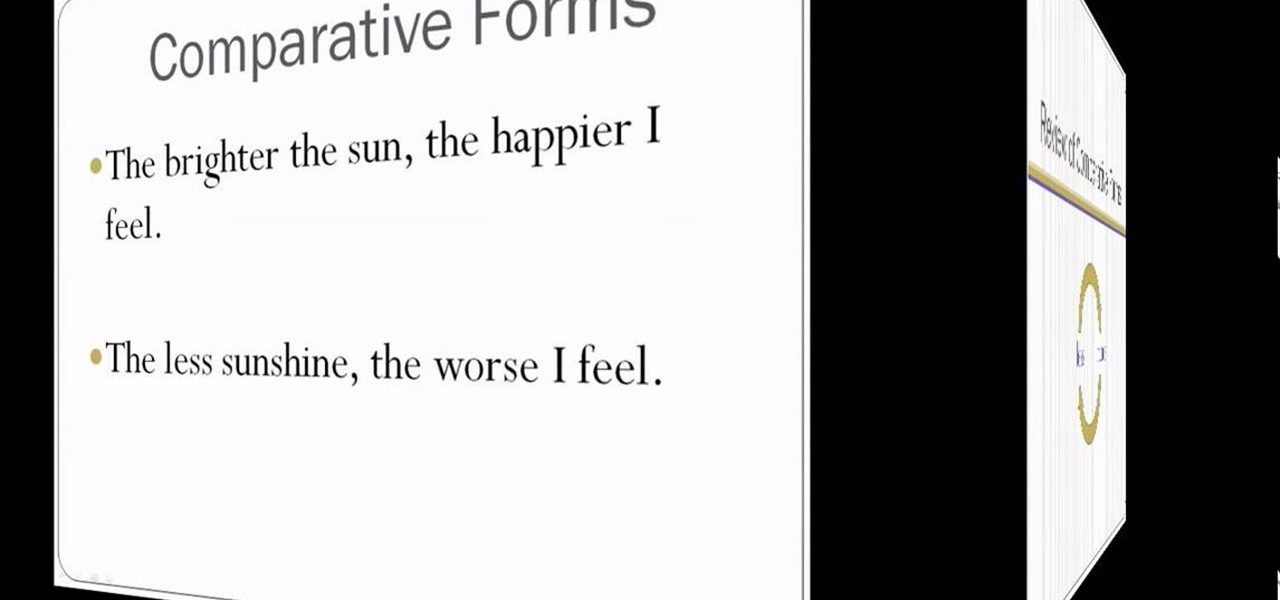
This is a tutorial segment of Double comparatives of English Grammar. In this lesson, the instructor is explaining about how to express a cause and an effect in a easier way with examples. She says that it’s the relationship where one thing makes a change on another or one factor say for example sunshine, produce a result in another by making us to feel happy. Comparative forms are used to express a cause and effect. Words like brighter, happier are examples for that. For example, in the sent...

The verb "stop" in the English language can be used with a gerund and an infinitive. The word "stop" has different meanings depending on how it's used. Look at the sentence, "I stopped eating fast food." Stopped is used in the past tense and eating is a gerund, or a word that describes an activity and functions as a noun. Look at the sentence, "I stopped to eat some fast food." In that sentence, there is an infinitive. The first sentence means I no longer eat fast food. The second sentence me...

In this video it is explained how to use the words "got" "got to" and "gotta'". "Got" is the past tense of the word " get". Sometimes Americans say "have got" in place of "have" or "got" in place of "have". For example there is a sentence "I've got my wallet". Some Americans say "I have my wallet" and some may say "I got my wallet". All of them are correct. "Gotta'" is used in place of "have got to". For example there is a sentence" I have got to go". Some Americans may say

In this episode you will learn how to pronounce questions correctly in the English language. This video is great for advanced, intermediate, and beginner learning to speak the English as a second language (ESL).

This episode goes over how to introduce yourself in the English language. This video is great for advanced, intermediate, and beginner learning to speak the English as a second language (ESL).

This ESL lesson teaches you all about giving good and bad news. Learn how to express shock and prepare someone for an unhappy surprise in English with this tutorial.
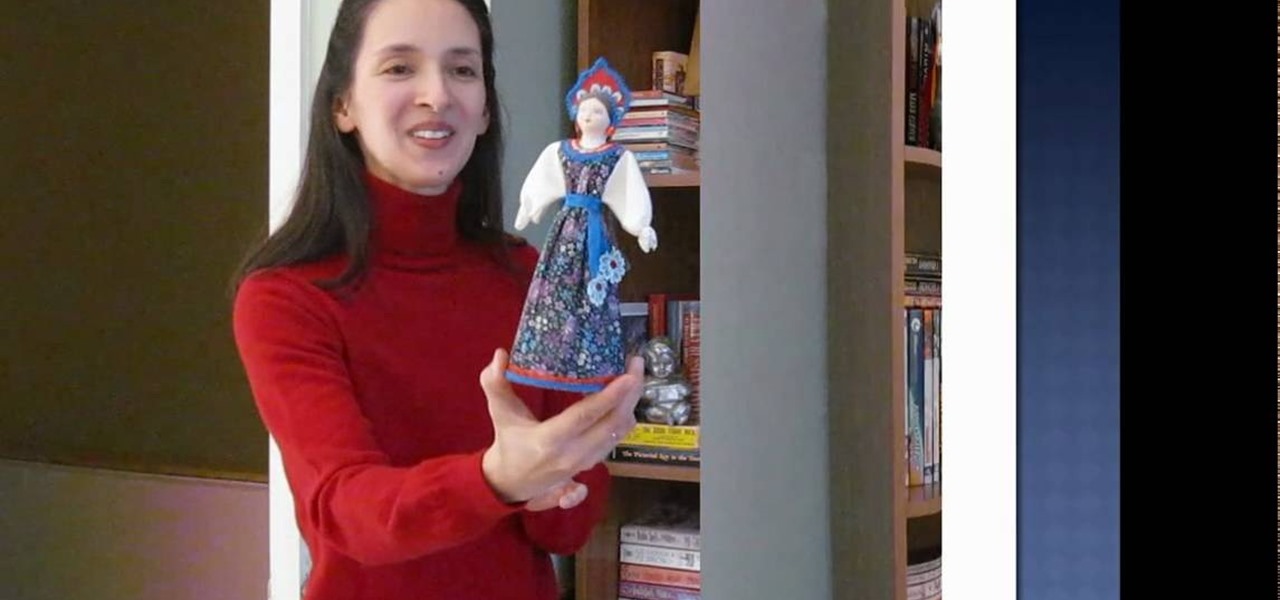
An two part introduction or overview of English articles: a, an, the, and the zero article. This is for the advanced or intermediate student. Part one presents basic rules or guidelines for using English articles. Part two summarizes the basic rules for using English articles and offers practice.

How do I change the language to the default setting? Check out this video tutorial on how to set English as the language on a Panasonic DMR-ES15 (ES25). This Panasonic DMR-ES15 (ES25) DVD Recorder is easy to operate and great to record with.

How do I change the language to the default setting? Check out this video tutorial on how to set English as the language on a Panasonic DMR-EH55. This Panasonic DMR-EH55 DVD Recorder is easy to operate and great to record with.
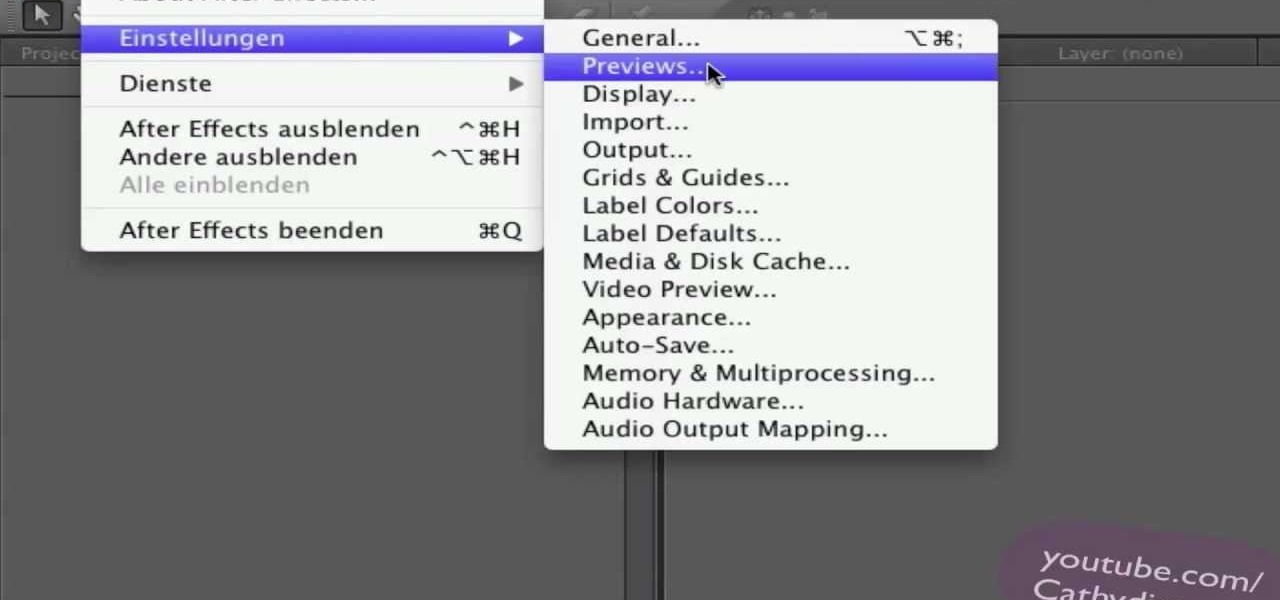
Have you got a copy of After Effects installed with the language set to another language? Check out this helpful video to learn how to set the language English, whatever the current language is. Maybe your film is in French, but that doesn't mean your visual effects software has to be.
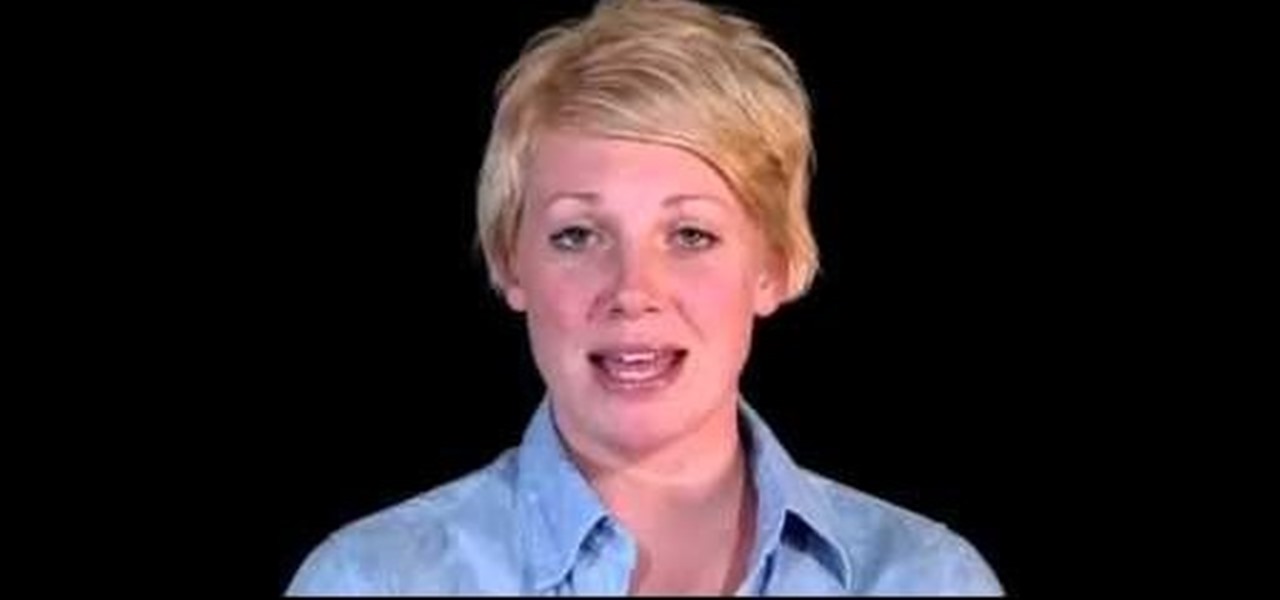
Today's word is "pause". This is both a noun and a verb. As a verb, it means to stop an action temporarily.
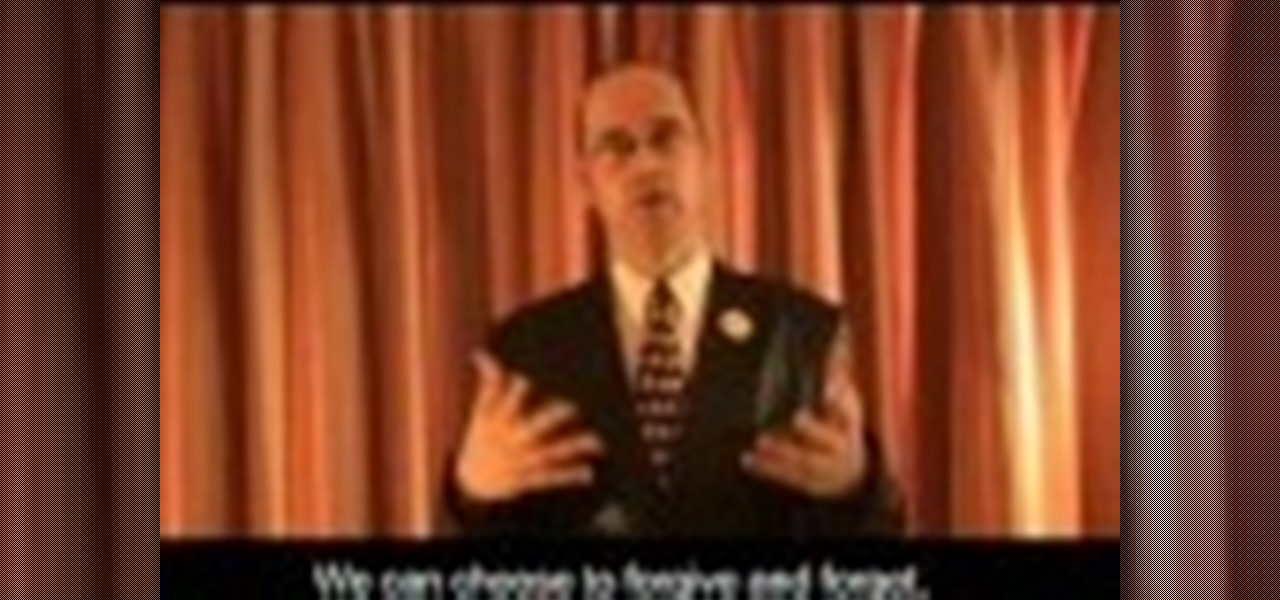
Let's face it...We all do it! Learn English with Mr. Duncan as he provides basic grammar instruction and speaks in basic English phrases. Check out this English language tutorial to learn how to make mistakes using English words and phrases. This language lesson is perfect for ESL students or anyone looking to improve their English vocabulary. So watch this instructional English language video and practice making mistakes using English words.
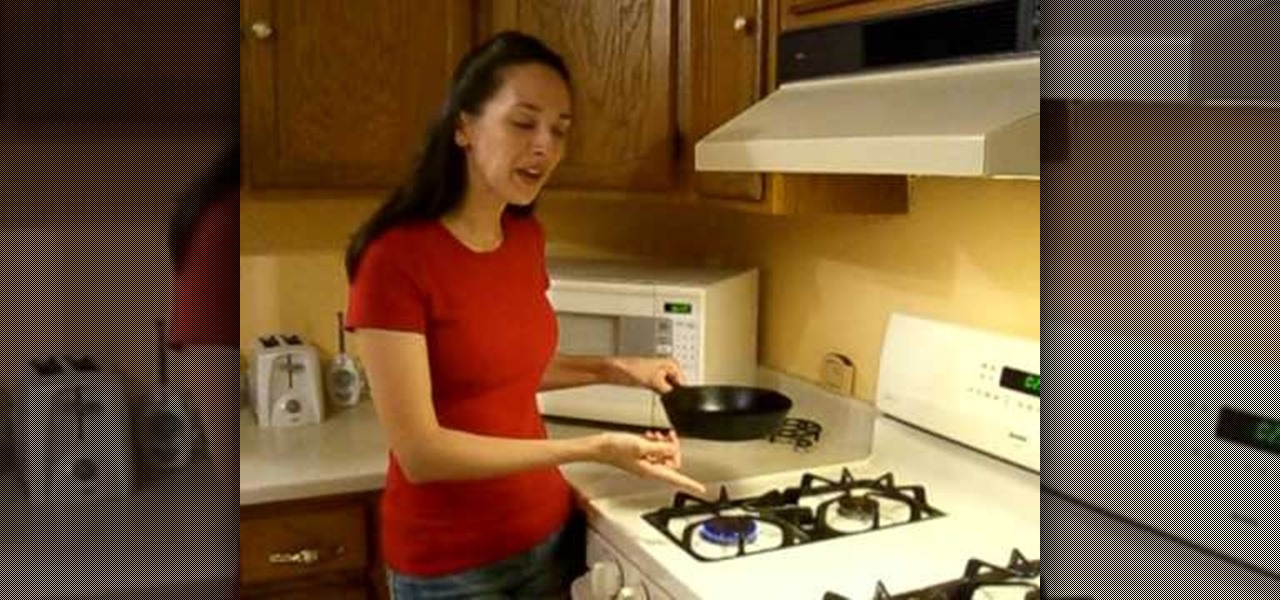
In this episode, Jennifer goes over common phrases in the English language related to the kitchen. This is great for all levels of students learning English as a second language (ESL).

In this episode you will learn how to turn direct speech to indirect speech in the English language. This video is great for advanced, intermediate, and beginner learning to speak the English as a second language (ESL).
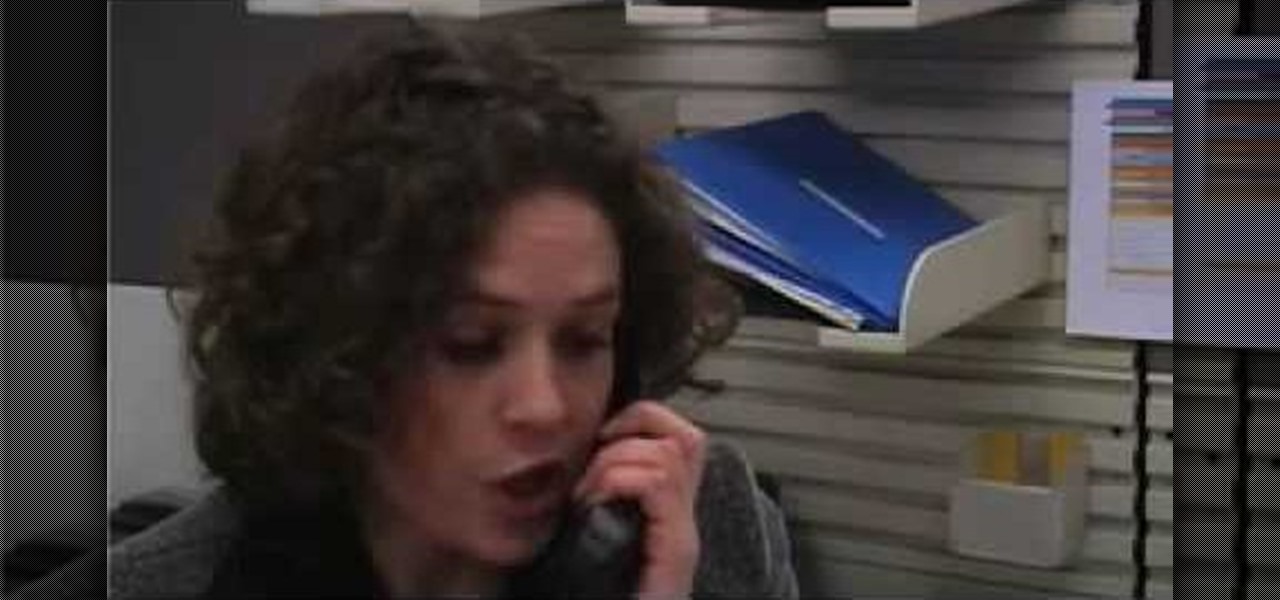
In this episode learn common phrases used in business negotiations in the English language. This video is great for advanced, intermediate, and beginner learning to speak the English as a second language (ESL).
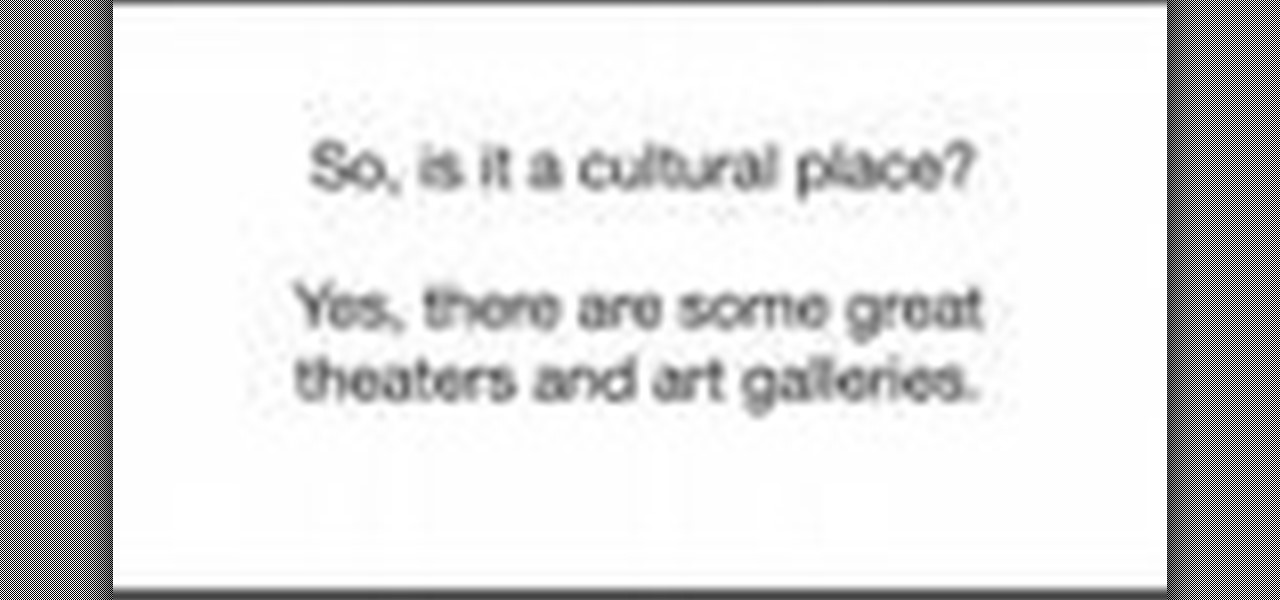
In this episode learn to ask yes and no questions with "is", "are", "have" and "can" in the English language. This video is great for advanced, intermediate, and beginner learning to speak the English as a second language (ESL).
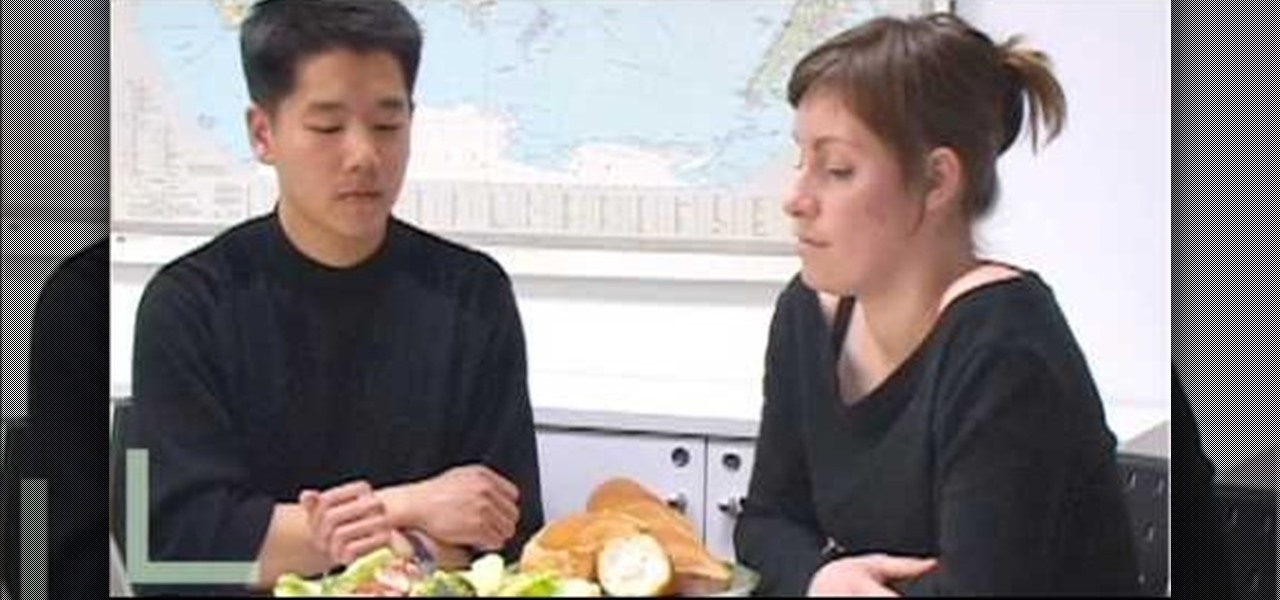
In this episode you will learn how to discuss food you like and dislike and how to express quantities in the English language.

Learn English with Mr. Duncan as he provides basic grammar instruction and speaks in basic English phrases. Check out this English language tutorial to learn the English phonetic alphabet. Some people think that this is a helpful tool for improving spoken English, while others feel that phonetics slows down the process of learning English and makes it dull and boring! Regardless, this language lesson is perfect for ESL students or anyone looking to improve their English pronunciation skills. ...
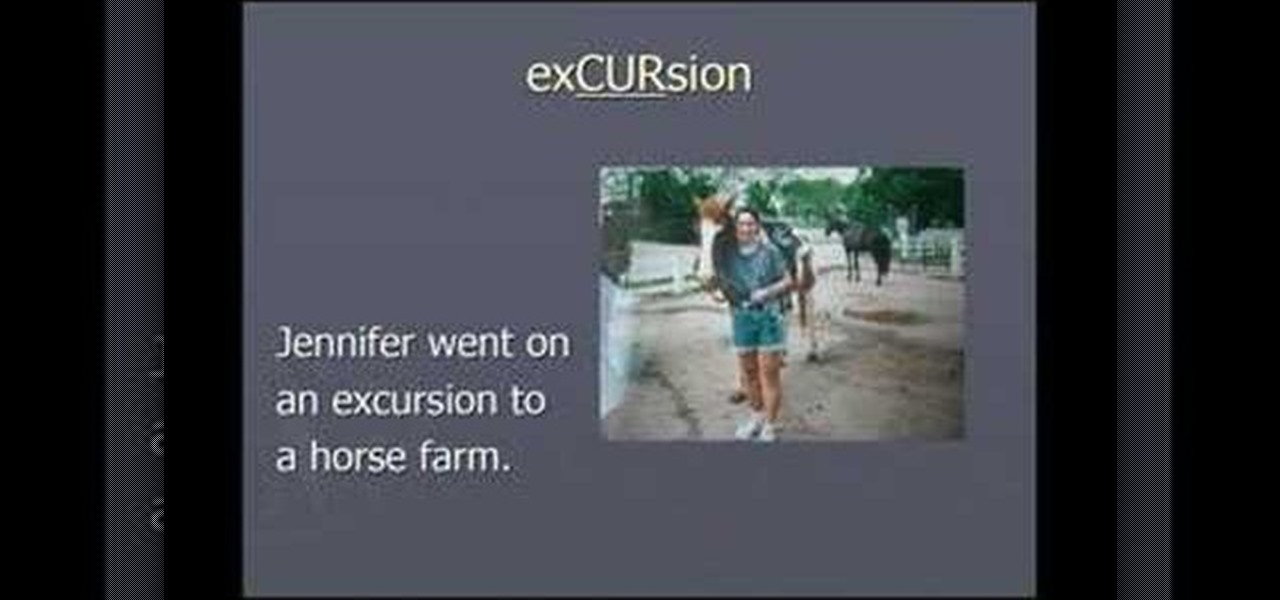
In this four part episode, Jennifer goes over how to stress parts of certain words to pronounce words correctly in the English language. This is great for all levels of students learning English as a second language (ESL).

The world of English is a fun and exciting place to be. Learn English with Mr. Duncan as he provides basic grammar instruction and speaks in basic English phrases. Check out this English language tutorial to learn how to ask and reply to questions in English. This language lesson is perfect for ESL students or anyone looking to improve their English skills. So watch this instructional English language video and practice asking and answering questions using English words.

In this two part episode, Jennifer goes over the use of "ing" or "ed" with adjectives in the English language. This is great for all levels of students learning English as a second language (ESL).
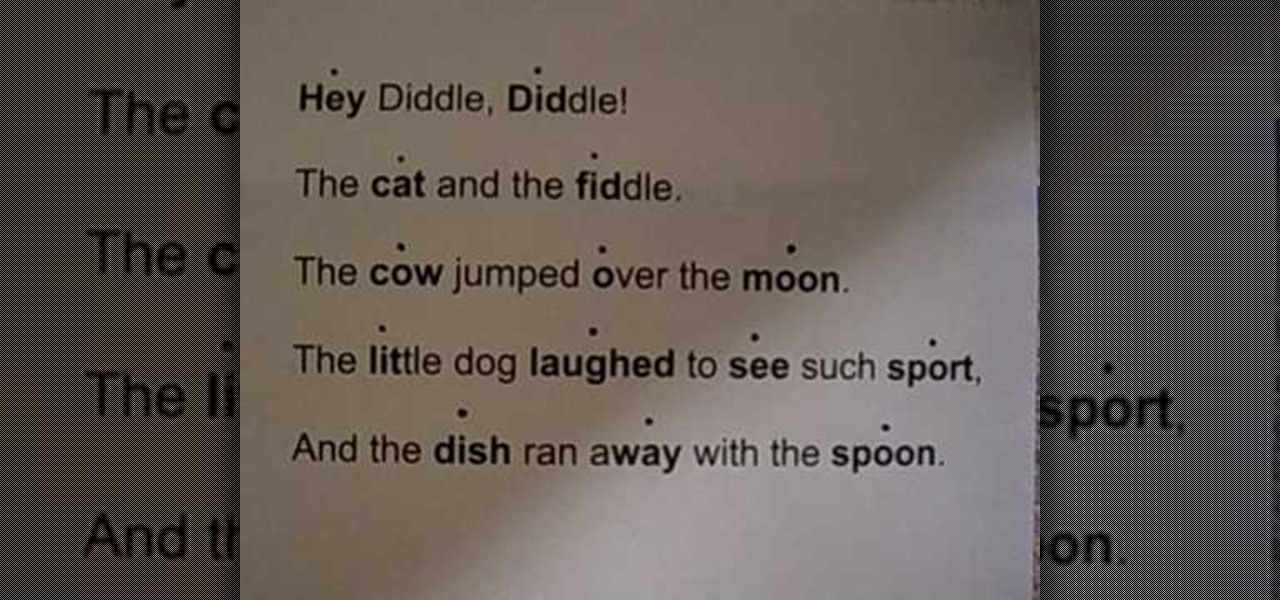
In this two part episode, Jennifer uses nursery rhymes to develop a sense of rhythm in the English language. This is great for all levels of students learning English as a second language (ESL).
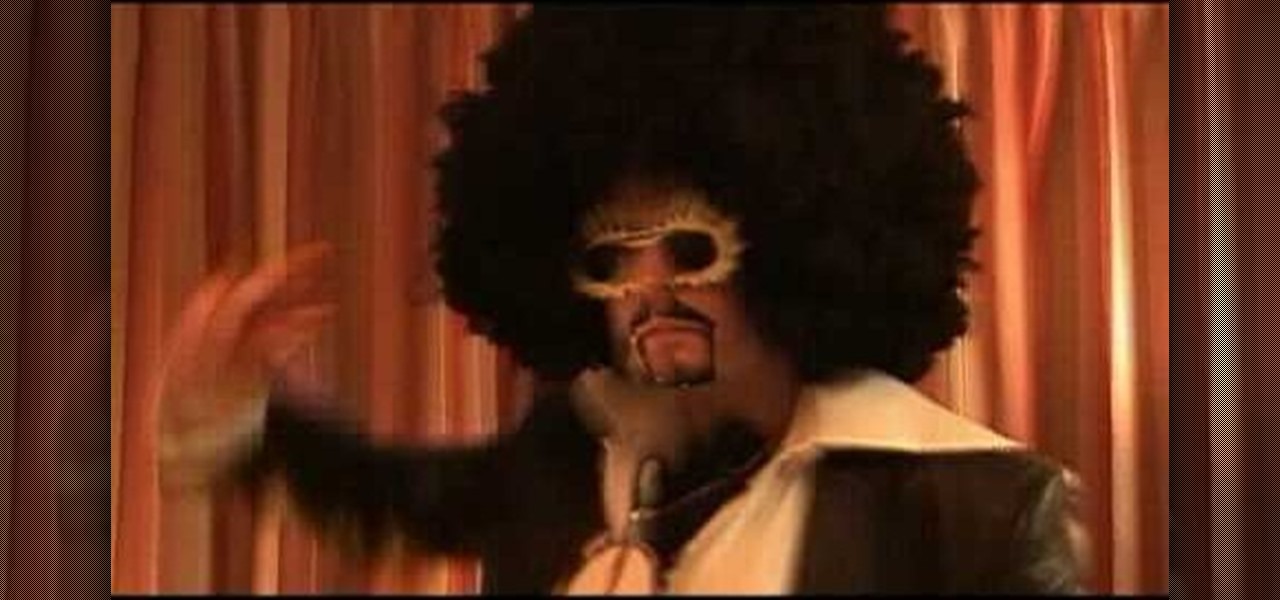
Fashion is always changing! Check out this English language tutorial to learn how to say words related to Fashion. This language lesson is perfect for ESL students or anyone looking to improve their fashion vocabulary. Fashion affects our lives much more than we realize. So watch this instructional English language video and improve your fashion vocabulary.

In this episode look at the difference between quite and rather and answer questions that start with "Do you mind if..." in the English language. This video is great for advanced, intermediate, and beginner learning to speak the English as a second language (ESL).

In this episode we will go over using the words may, might, and maybe in conversation using the English language. This video is great for advanced, intermediate, and beginner learning to speak the English as a second language (ESL).
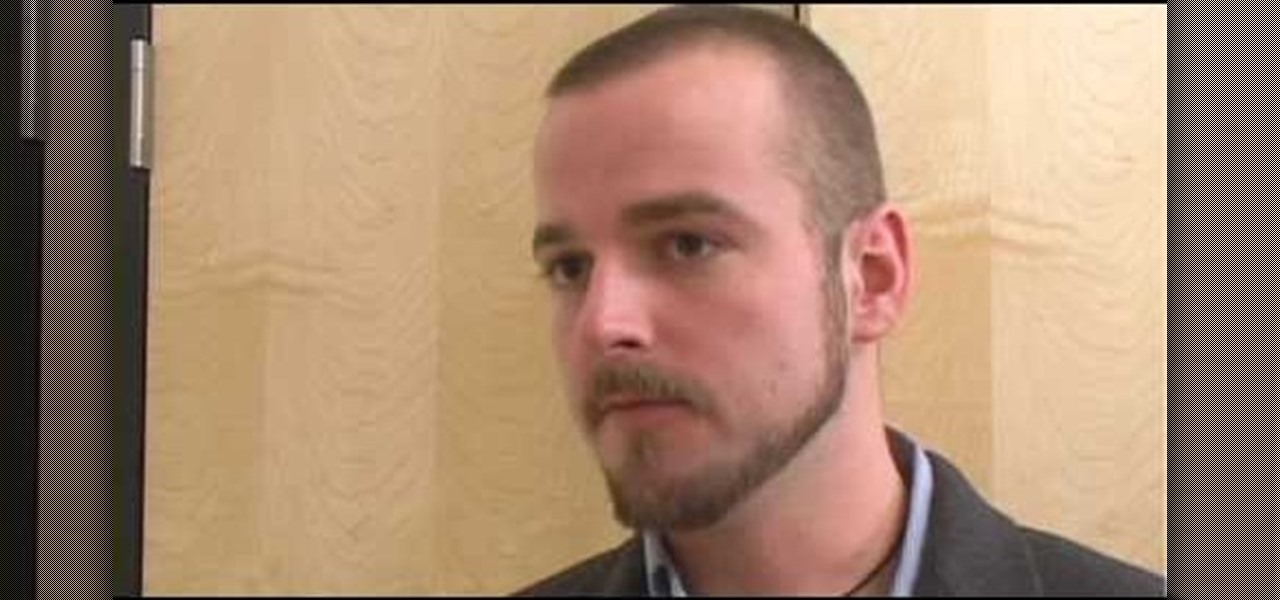
This episode shows you how to make comparisons using superlatives in the English language.

Use articles "a" and "the" when speaking the English language. This video is great for advanced, intermediate, and beginner learning to speak the English as a second language (ESL).
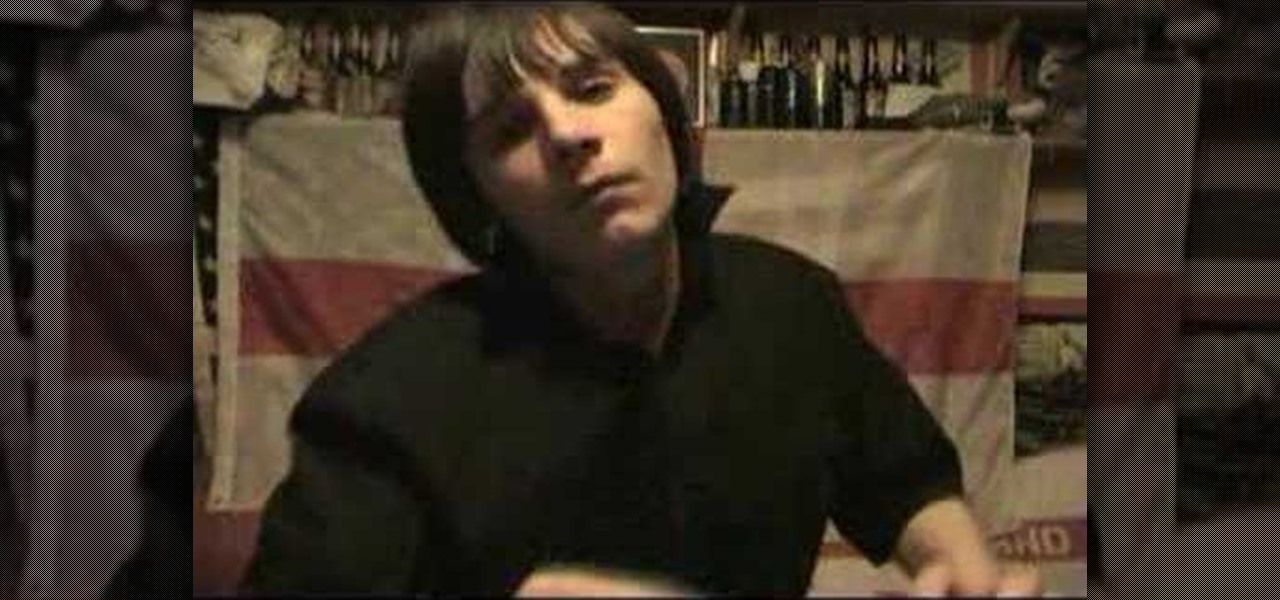
Check out this instructional English language video that explores several definitions of British English slang words and phrases. This video vibrantly translates a wide variety of British words for other English speakers in the world. Brush up your knowledge of these obscure British English slang with this instructional language video.

Check out this English language tutorial video that explains some differences in American and British slang. This video was made in order to outline the differences between British-English and American-English. Practice and use these words appropriately and improve your understanding of the English language.
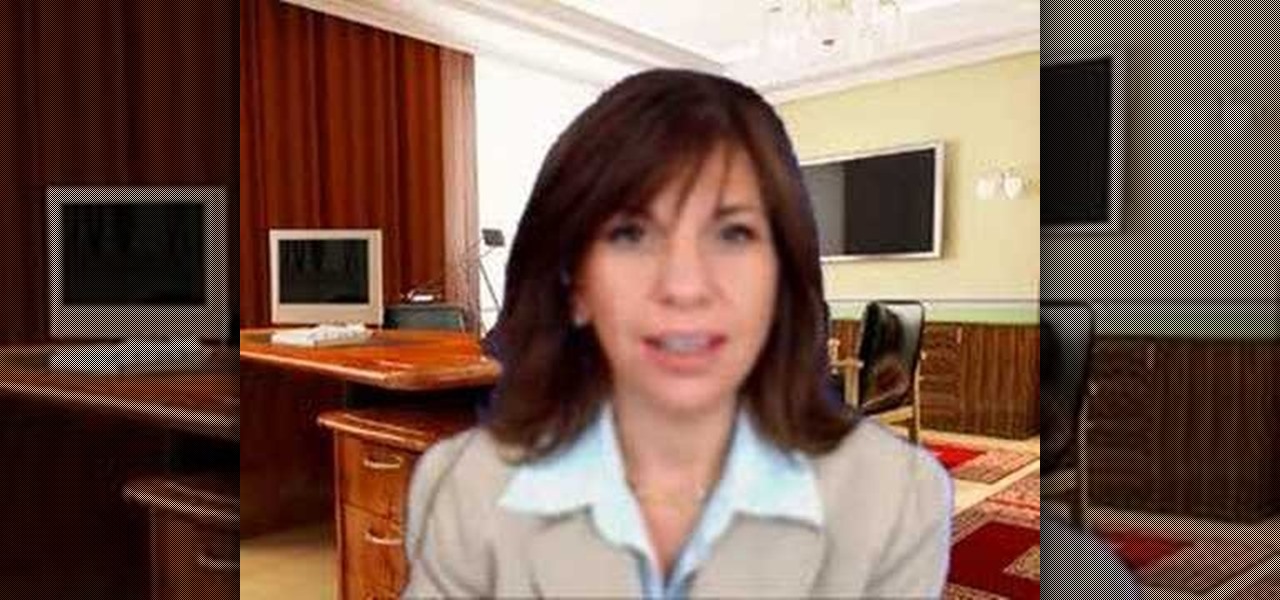
Trying to learn the English language? Then it's vital to start with the basics: the alphabet. Learning larger words won't be difficult once you understand how each letter of the alphabet is pronounced.
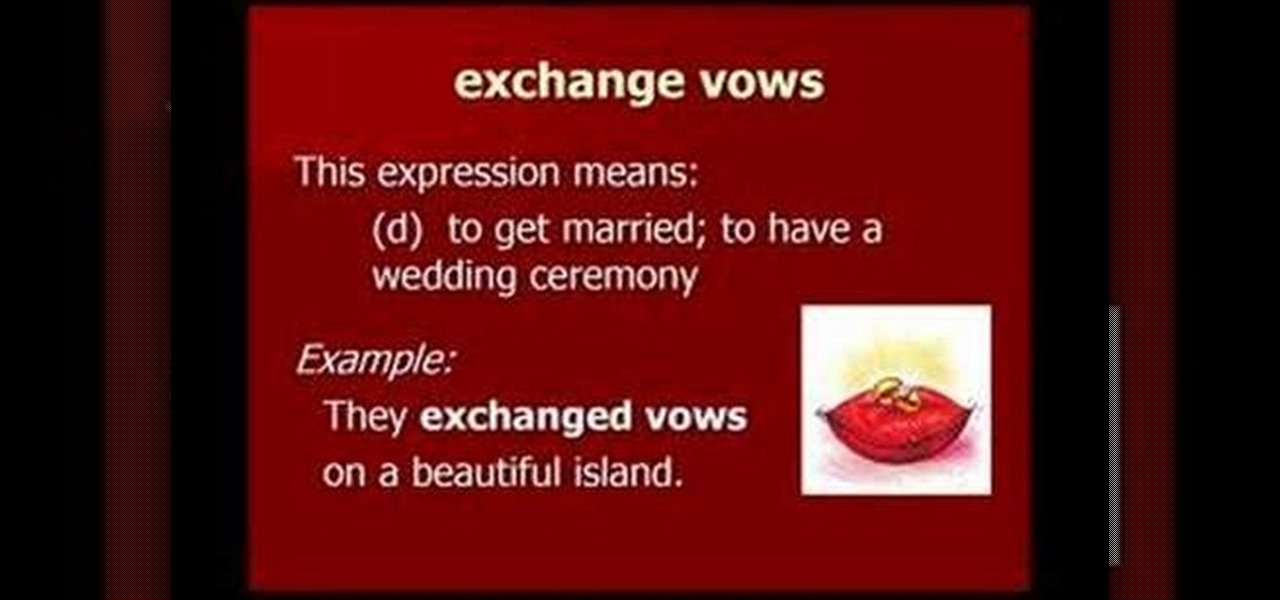
In this episode, Jennifer goes over phrases that relate to "love and marriage" in the English language. This is great for upper intermediate and advanced students learning English as a second language (ESL).

In this episode, Jennifer goes over how to use the common words "advise", "recommend", and "suggest" in the English language. This is great for all levels of students learning English as a second language (ESL).
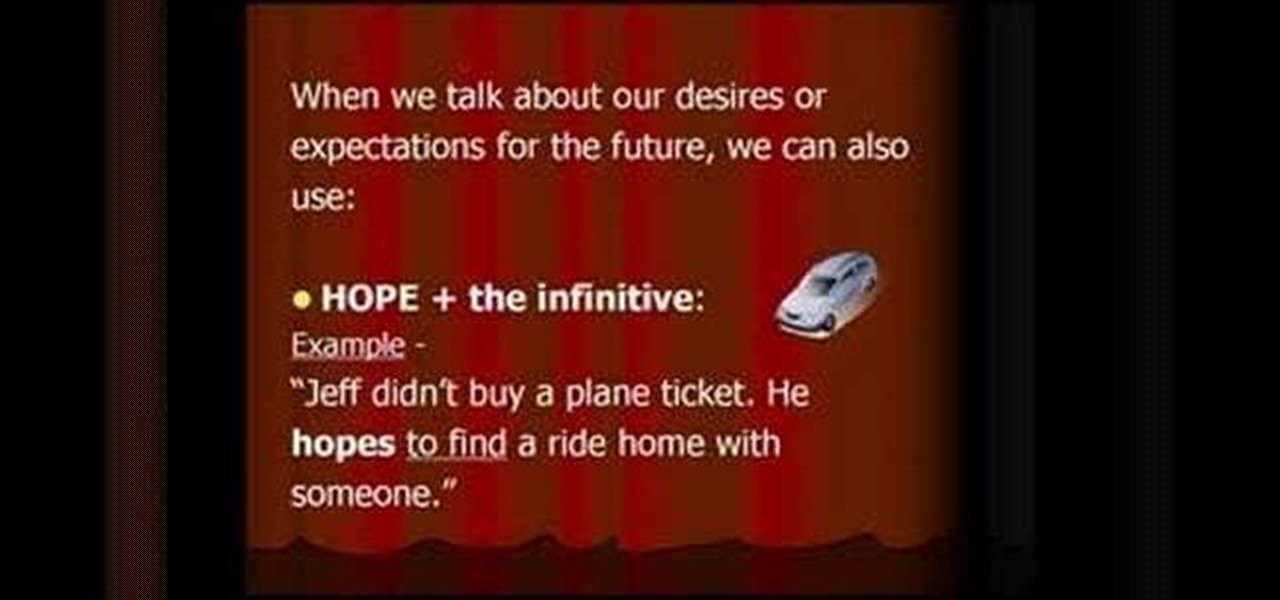
In this episode, Jennifer goes how to use the words "hope" and "wish" in the English language. This is great for all levels of students learning English as a second language (ESL).
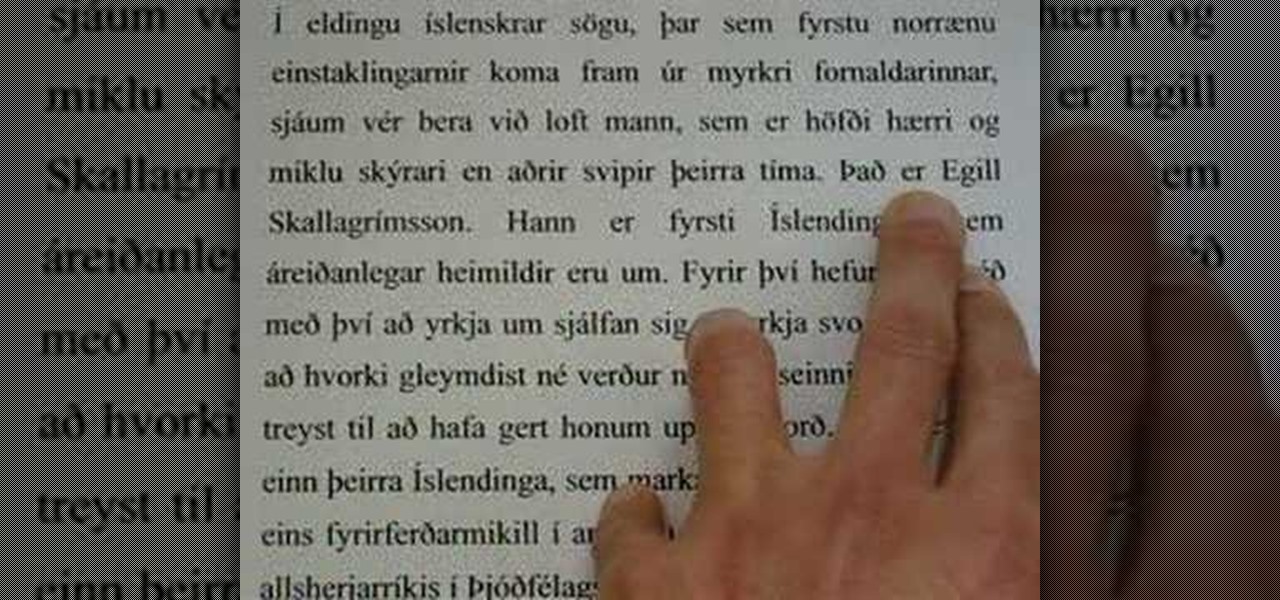
Polyglot Alexander Arguelles presents a series of videos to provide introductory overviews of the languages of the world. Working diachronically through various language families in turn, he demonstrates how to identify each language, translates a text sample to show how it works, and discusses its genetic affiliation and cultural context. While Icelandic belongs in the same language family as English, it has a couple letters than look completely foreign to an English speaker. Watch this vide...
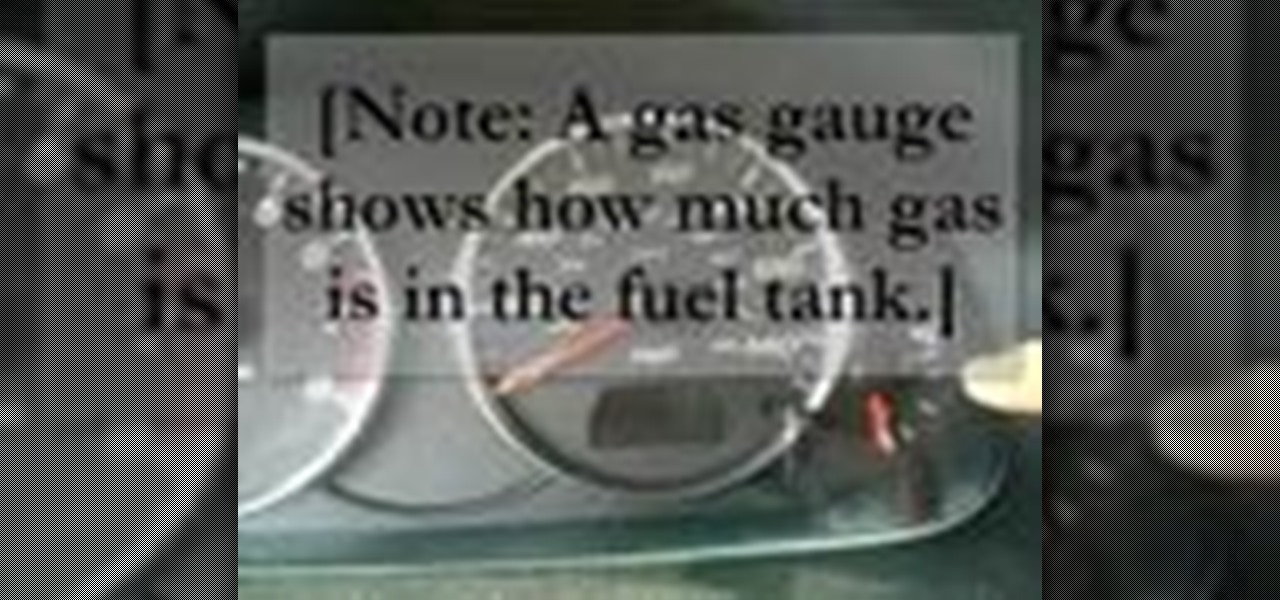
In this episode, Jennifer goes over the use of vocabulary that relates to driving in the English language. This is great for all levels of students learning English as a second language (ESL).
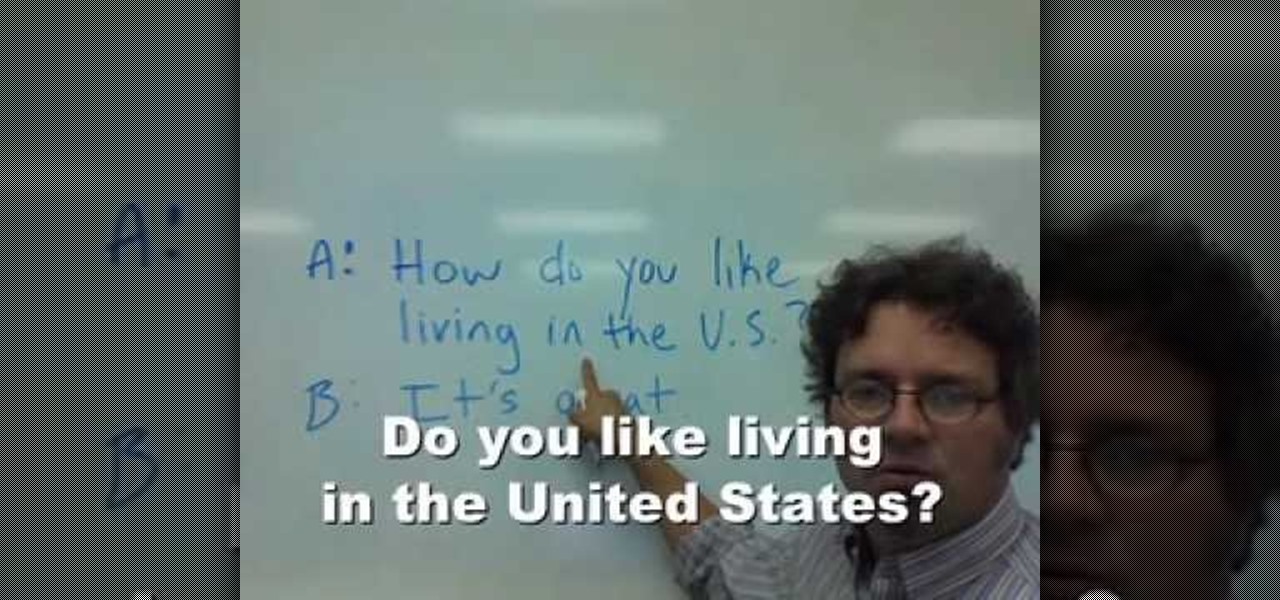
This video teaches English-language learners how to respond to questions beginning with the words "How do you like". There are two types of questions in English that begin with the words "How do you like". The first kind requires an answer in the form of an opinion. The second requires that the answer come in the form of giving instructions. The video explains the difference, then gives several examples for each to model practice. For example, "How do you like the weather?" is a question whic...
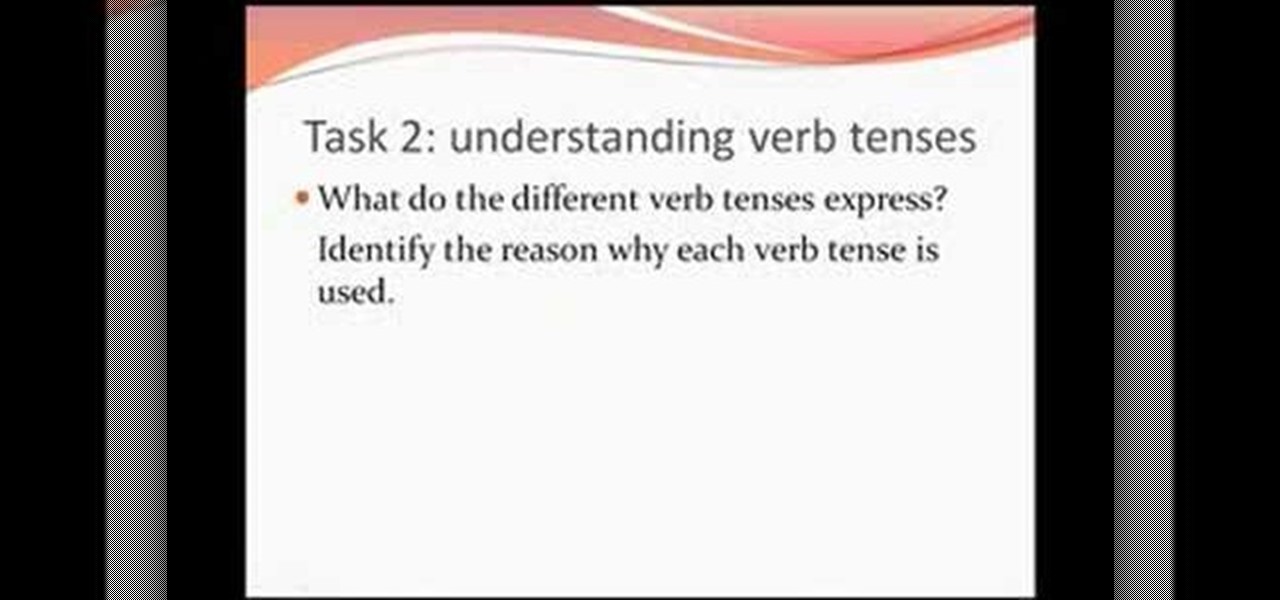
Check out this instructional English language video that demonstrates how to improve your English vocabulary skills, your listening skills, and your grammar skills. This is a lesson for the advanced English language learner. The theme is the 2008 Olympic Games that focus on VOCABULARY, LISTENING, and GRAMMAR skills. This is PART THREE, in which we examine and practice several (but not all) verb tenses. Be sure to watch the first two videos. Improve your English vocabulary with this instructio...